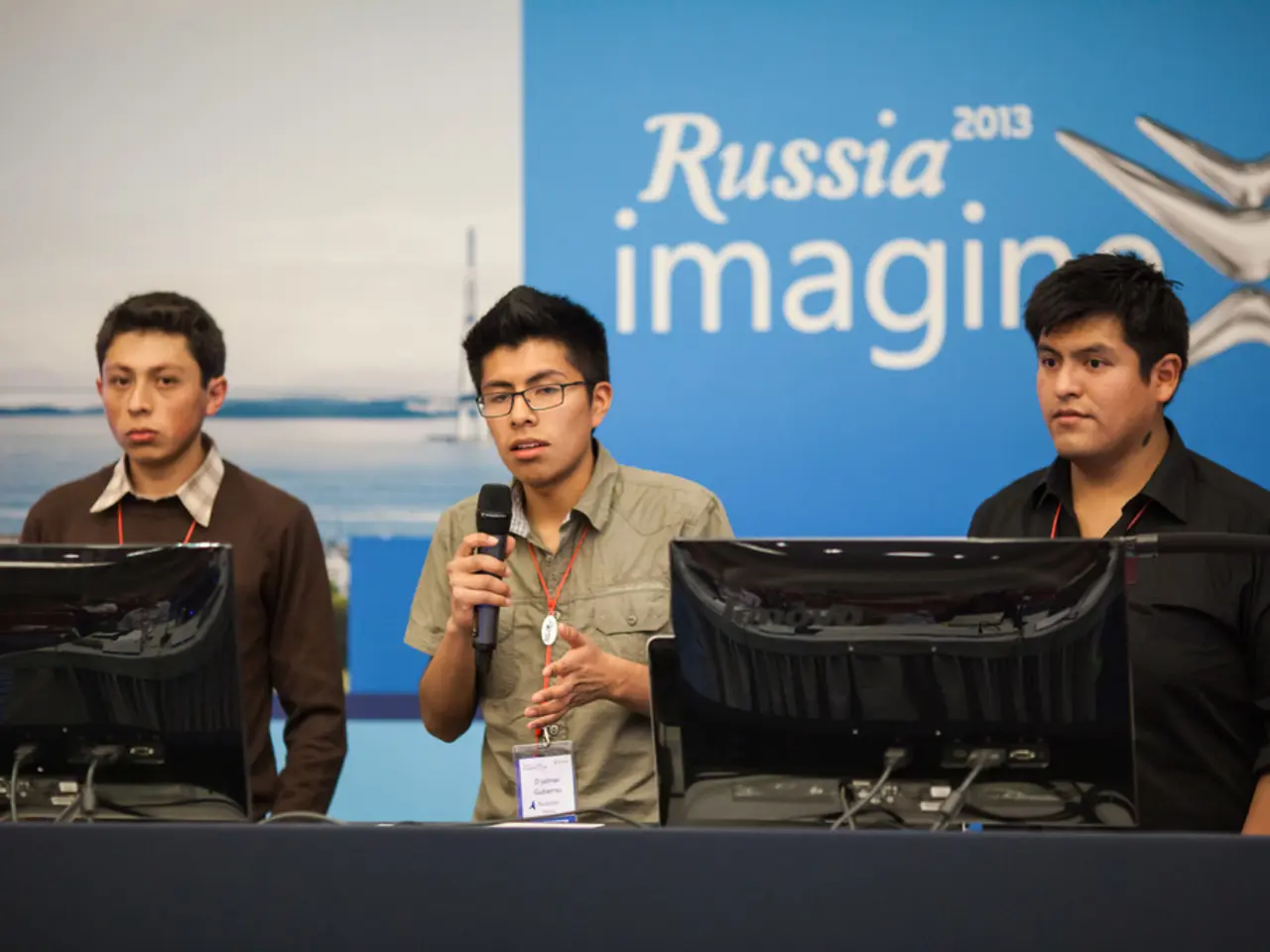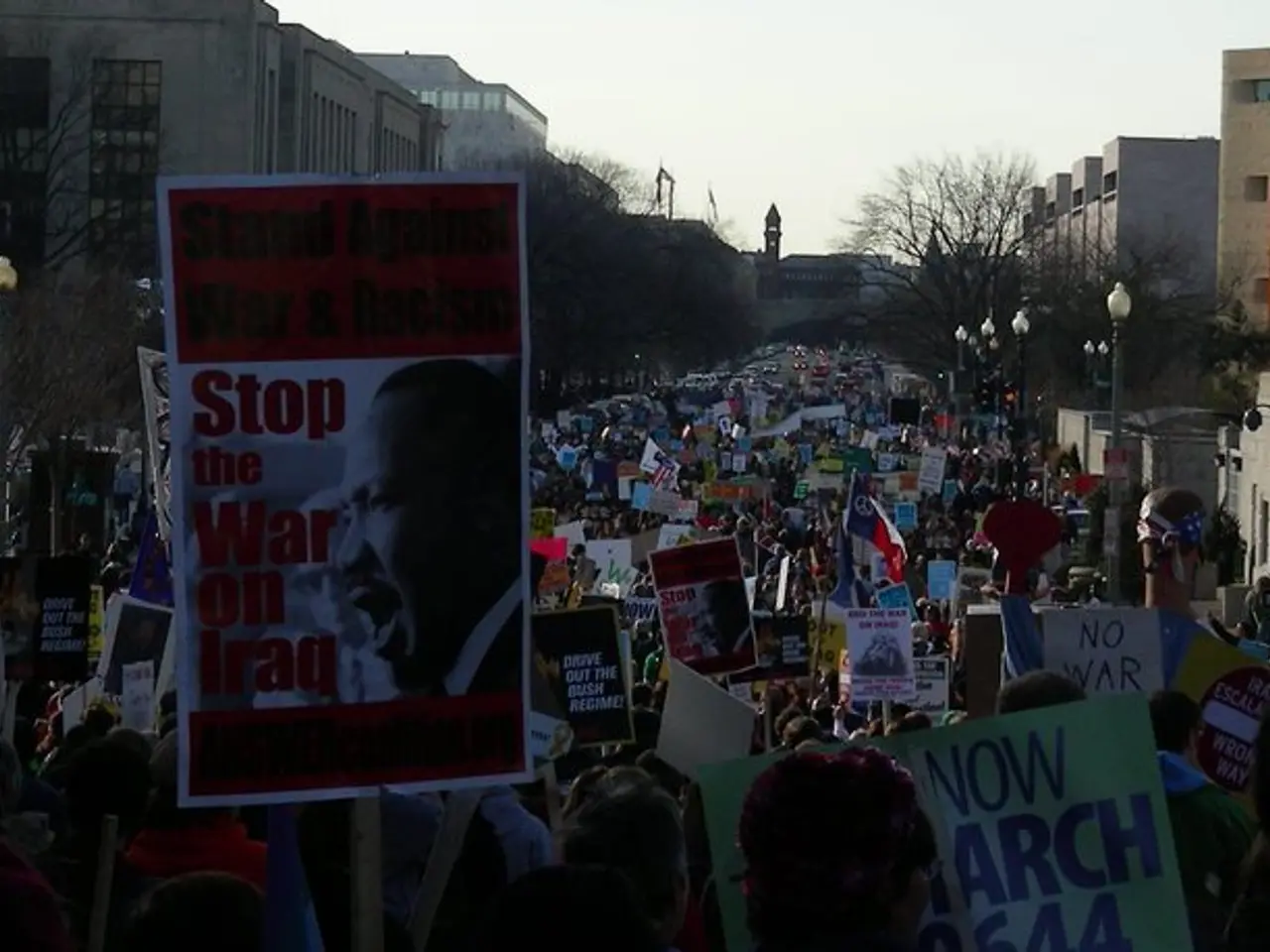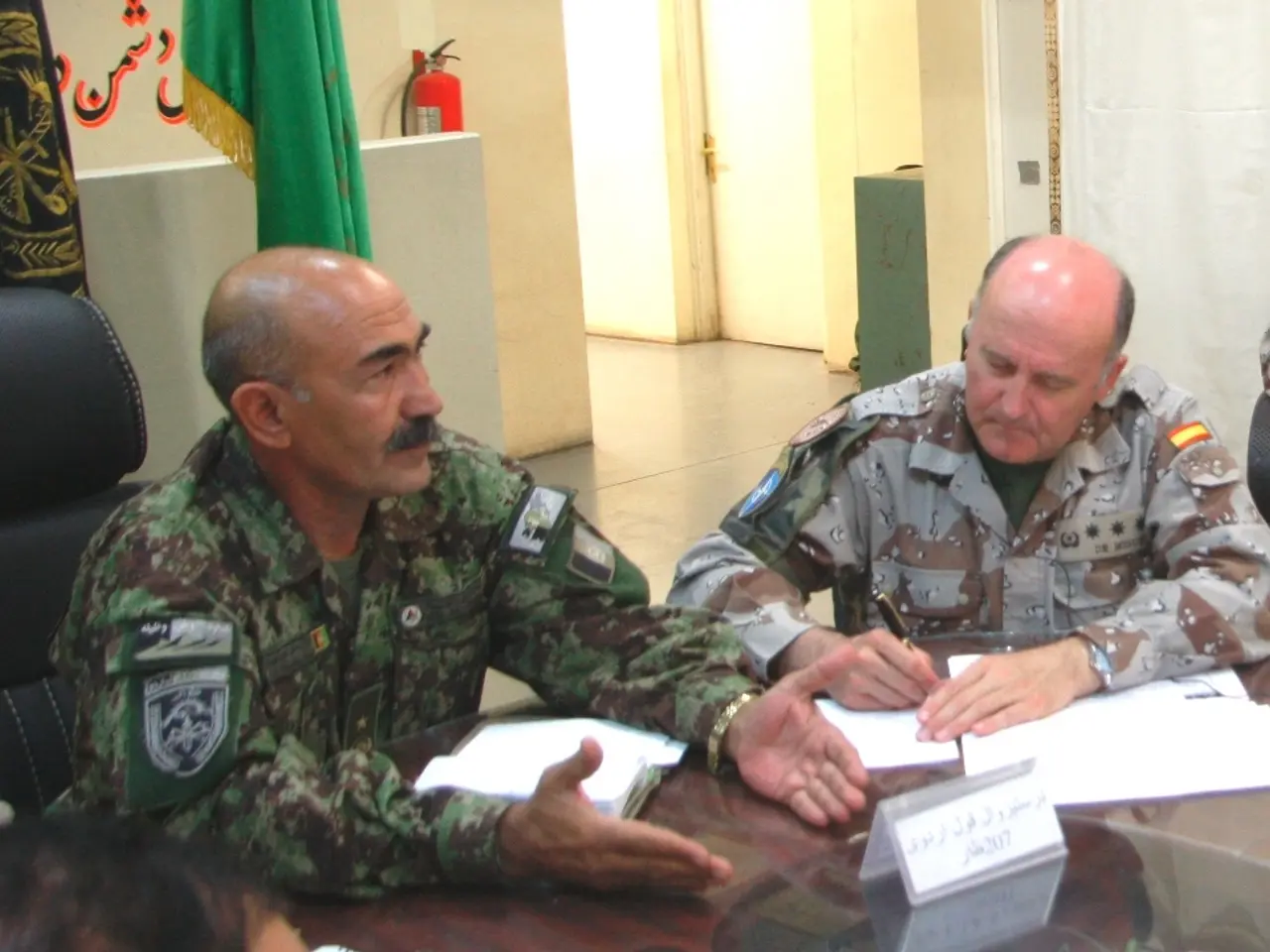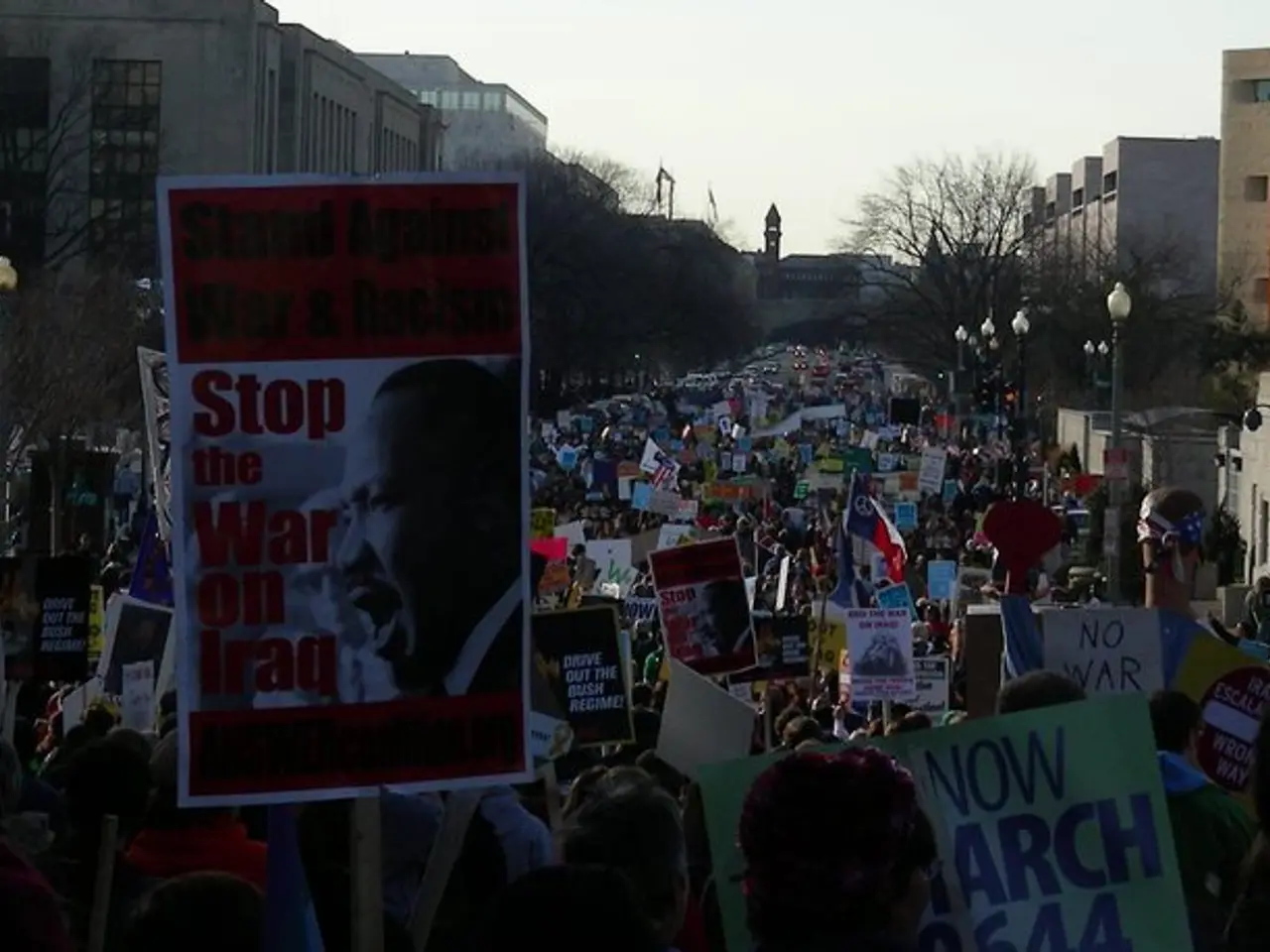Russia seizes the opportunity presented by Trump's 50-day respite to intensify harsh attacks in Ukraine.
The threat of potential US sanctions on Russia has significantly impacted the ongoing conflict in Ukraine, escalating economic and political pressure while prompting Moscow to seek ways to mitigate these sanctions.
### The Impact of US Sanctions on Russia's Actions in Ukraine
In 2025, under President Trump's administration, the US has signalled its readiness to impose or increase sanctions on Russia, particularly if Russia's actions in Ukraine do not lead to a peaceful resolution. This economic isolation is intended as leverage to end hostilities.
Simultaneously, the US is increasing military aid to Ukraine, such as sending Patriot missile batteries via NATO allies. This military support places additional pressure on Russia on the battlefield.
Legislative moves, like the Sanctioning Russia Act of 2025, propose severe tariffs on imports from countries buying Russian energy and resources. Such measures aim to deter international trade with Russia, undermining its economy indirectly through secondary sanctions.
These sanctions are contributing to Russia's ongoing strategic and tactical decisions in the Ukraine conflict while pushing Moscow to seek negotiations, albeit with stalled talks according to recent reports.
### Russia's Strategies to Cope with US Sanctions
Although specific countermeasures are not explicitly detailed, Russia is likely pursuing several strategies to circumvent Western economic isolation. These include diversifying trade partners, using intermediate countries, developing domestic alternatives, employing alternative payment systems, conducting more trade in non-dollar currencies, and leveraging diplomatic channels and legal maneuvers to challenge or soften sanctions impacts.
In summary, the threat and implementation of US sanctions have pressured Russia to recalibrate its engagement in Ukraine, while Russia has worked around sanctions through economic diversification, alternative trade routes, and increased domestic resilience to soften the blow of Western economic restrictions.
The ongoing tensions suggest a complex interplay between coercive economic policies and Russia’s counteractions to sustain its position in Ukraine. Notably, Russia is already one of the world's most heavily sanctioned countries due to allegations of US election interference and other malign activities in various countries.
As the 50-day window set by President Trump for Russia to complete its offensive in Ukraine without facing immediate consequences approaches, the future of the conflict remains uncertain. Both sides appear to be entrenched in their positions, with no clear resolution in sight.
In the context of the ongoing Ukraine conflict, the US sanctions on Russia have expanded beyond economic isolation, reaching into the World's general news, politics, and even war-and-conflicts. Despite Russia's efforts to cope with these sanctions through various strategies, the tensions between the two nations continue to impact Europe, as the complex interplay between coercive policies and counteractions persists.






